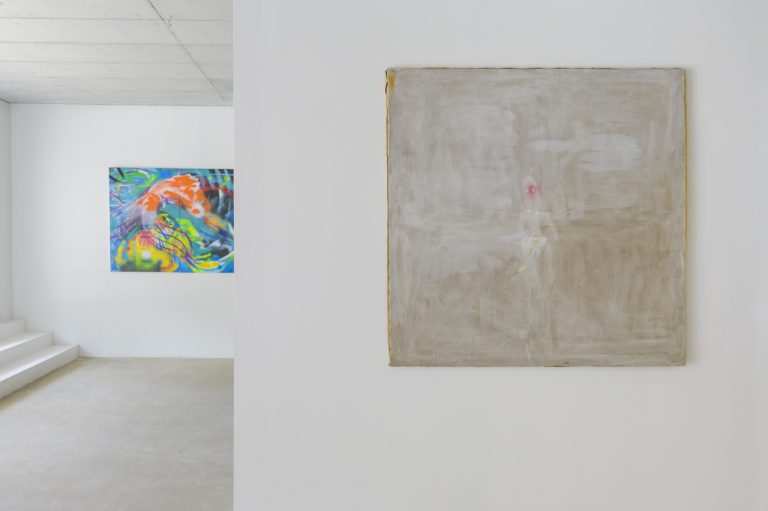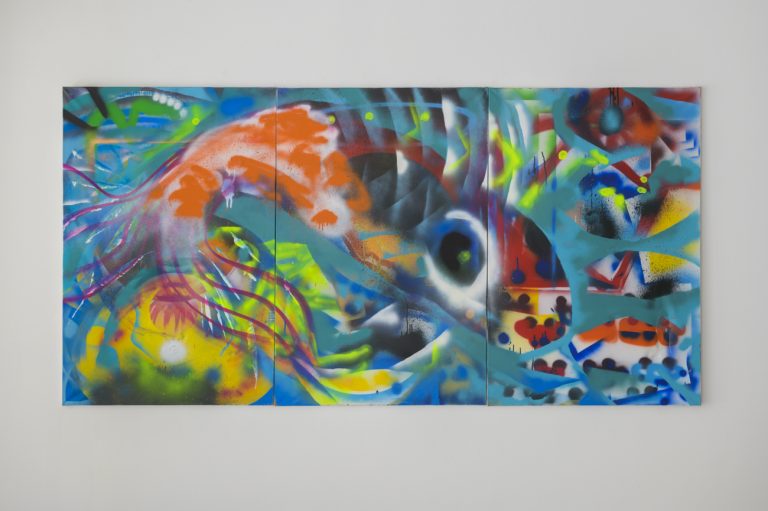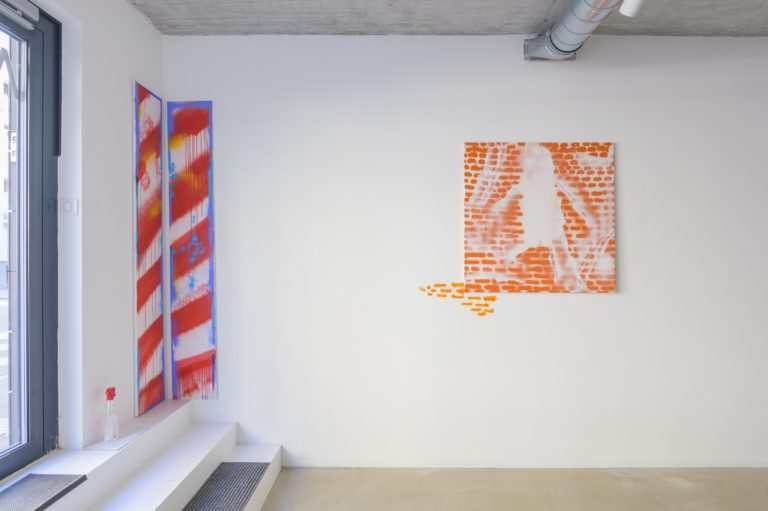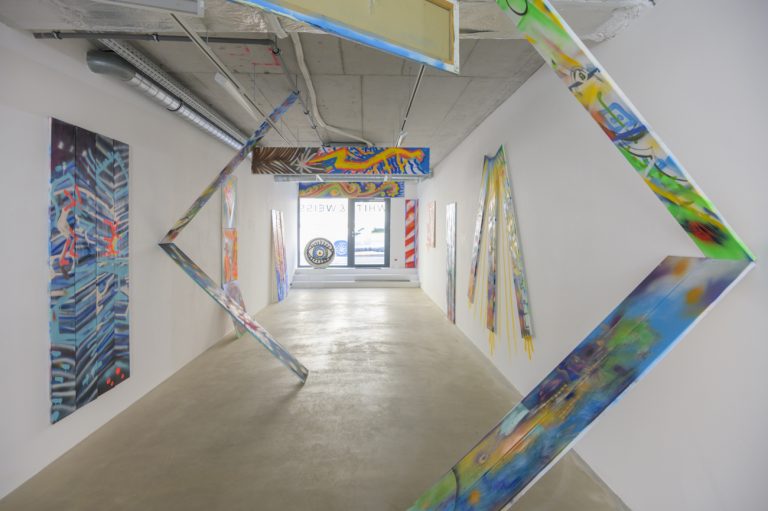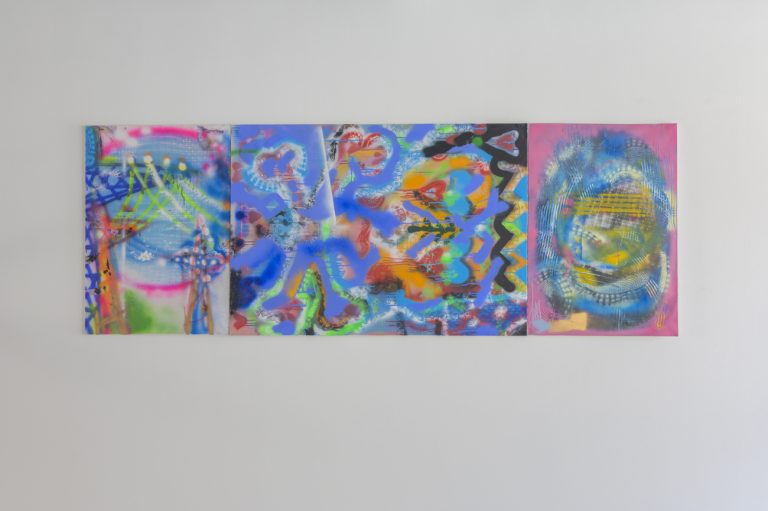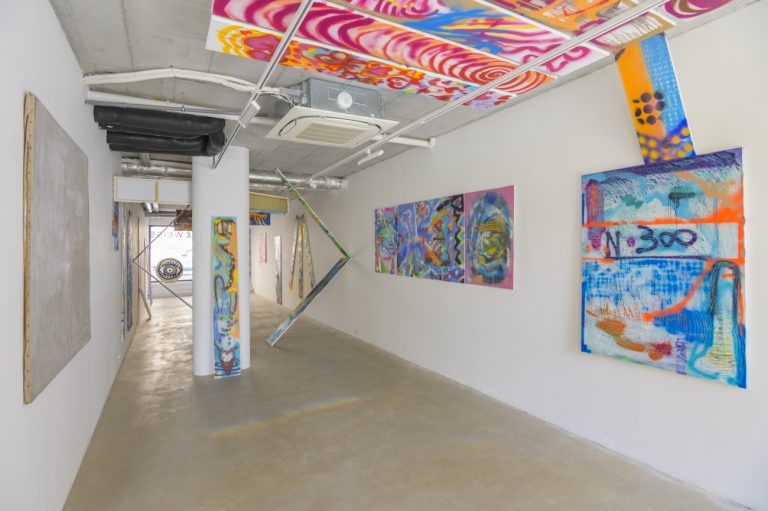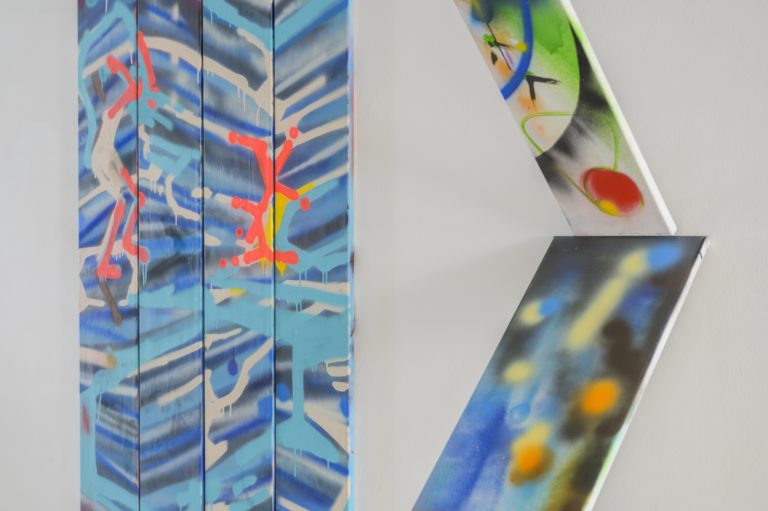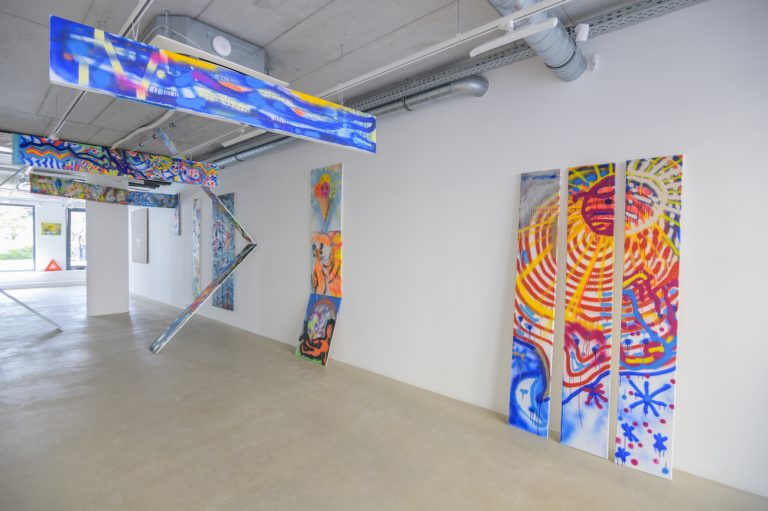27 april - 4 June 2021
ERIK Binder:
from the fence of the world
Art is a game, art is dada.
Erik is dada, Erik is art
There are art theoreticians that try, when assessing an artist’s work, to separate the artist – his life, turning points, and fate – from what he has created. However in Erik Binder’s case, we must with a certain satisfaction state that Erik and his work are inseparable vessels. Erik is the fruit of his artistic approach, which he has himself created. Anyone familiar with his life and how he lives cannot but naturally pause over the two extremes between which he is immanently present. The first is his creative spirit, veritably Renaissance in character, with a Dadaist playful jumping from painting to objects and installations, to music and poems, and even to Surrealist word play. On the other side of the barricade is a seemingly ascetic switchbox exile – ascetic in the sense of external signs, but rich in experiences, experiencing, becoming aware of self and the world, whether this was evoked by the artist’s personality or by whatever happened to pass before him.
Even as we in the normal world have to make daily checks of how we live and survive, so as not to slip into a zone of discomfort, violate commandments, prohibitions, laws, or limits, Erik lives without limits either external or internal – he lives and he creates. That which is most inherent and natural to him is freedom: the freedom of creating, the freedom of living. The rest of us speak of it, and fight for it whether truly or superficially, with convention binding us all the while. Erik seemingly enjoys carefree freedom – “seemingly” because only those without emotions and the ability to feel can be carefree, and sometimes carefree means insensitivity. Yet Erik Binder has a high threshold of sensitivity to the world around. He serves up the apparently carefree on platters of fantasy, playfulness, absurdity in his art, just so as to then refute that, and shift it. I remember his object Trojhuslie [Triple violin], published in an SNG yearbook. When the violins returned after some time from the Prague exhibition, and he had them in his switchbox studio for a while, he painted them, broke and reassembled them, and once more gave the object some of his inexhaustible playfulness. The new took the place of the old.
It’s nothing new for artists to over-write, over-paint, or rework something. To the contrary, it shows art as an impermanent process, and it’s not only museum displays that change. Or in fact yes, and they gather dust too. Erik’s endeavour to search sometimes shows childlike naivete, and other times is remarkably deep in humanity. Though in his oeuvre we can find an overlapping of all types of art, at this exhibition he is presenting only visual works – pictures he’s installed such that we won’t be bored.
And truly, looking at the world through Erik Binder’s eyes means never being bored.

